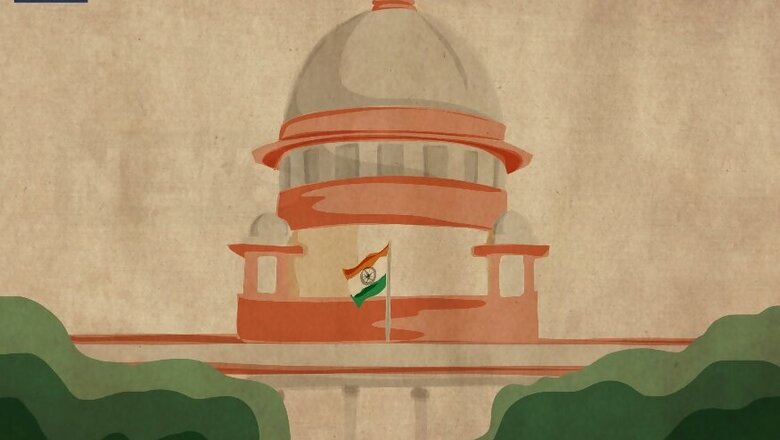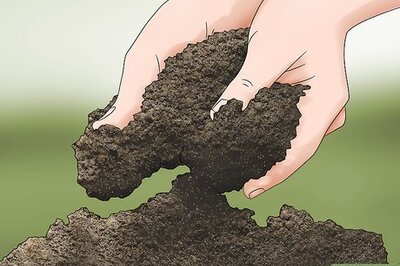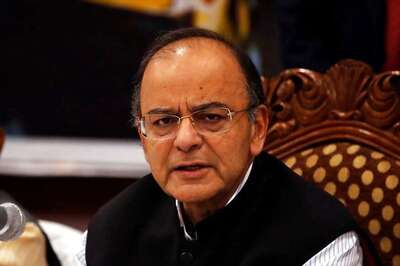
views
New Delhi: The Supreme Court of India on Saturday ruled in favour of the Hindu parties in the Ayodhya land dispute case, giving the ownership of the 2.77-acre disputed land for the construction of a Ram temple, while ruling that Muslims will get five acres of land at an alternative site.
The five-judge bench headed by Chief Justice of India Ranjan Gogoi also exercised Article 142 of the Constitution to direct that the Nirmohi Akhara, an order of Hindu ascetics, will also get representation in the trust that the Centre must set up in three months to oversee the building of the temple.
Although the apex court had dismissed Nirmohi Akhara’s suit as it was barred by limitation, Article 142 allowed it to intervene in the matter. The Article provides that “Supreme Court in the exercise of its jurisdiction may pass such decree or make such order as is necessary for doing complete justice in any cause or matter pending before it”.
“Subject to the provisions of any law made in this behalf by Parliament, the Supreme Court shall, as respects the whole of the territory of India, have all and every power to make any order for the purpose of securing the attendance of any person, the discovery or production of any documents, or the investigation or punishment of any contempt of itself,” the Article adds.
The Ayodhya title suit verdict comes nine years after the 2:1 judgment of the Allahabad High Court that ordered a three-way division of the disputed land between the three parties — Ram Lalla Virajman, Sunni Waqf Board and the Nirmohi Akhara.
The Akhara had challenged the Allahabad High Court’s 2010 judgement, saying that they had been devotees of Lord Ram for centuries and wanted shebait rights over the temple (the one in which the property of temple is vested) and argued that they had rights in the capacity of a manager of the deity’s property.
Previously, Article 142 has been used to bring justice to various deprived sections of society or to protect the environment, analysts pointed out. For instance, it was used for the cleansing of the Taj Mahal, the marble of which was getting yellow due to sulphur fumes from surrounding industries.
Similarly, it was also applied in the Union Carbide case to bring relief to thousands of persons affected by the gas leak. Article 142 of the Constitution was also put to use in the release of thousands of undertrials who were in jails for periods exceeding their sentences, the analysts said.
However, lawyers and the public have, over the years, become sceptical of the Act’s application, as it created uncertainty of when and how it may be applied to deprive rights of individuals. This came after the SC, during the Union Carbide judgement, placed itself above Parliament or state legislatures, said the analysts.
For instance, during the coal block allocation case, the court had cancelled blocks granted from 1993 onwards in 2014 without a single finding that the grantees were guilty of wrongdoing, they said. The individuals were not heard on their facts, they added.
In the case against persons accused in the Babri Masjid demolition case, a two-judge bench had passed an order, invoking Article 142, transferring the trial of persons from Raebareli to Lucknow. The near complete trial at Raebareli was transferred to Lucknow in view of the pendency of the case for 25 years.


















Comments
0 comment